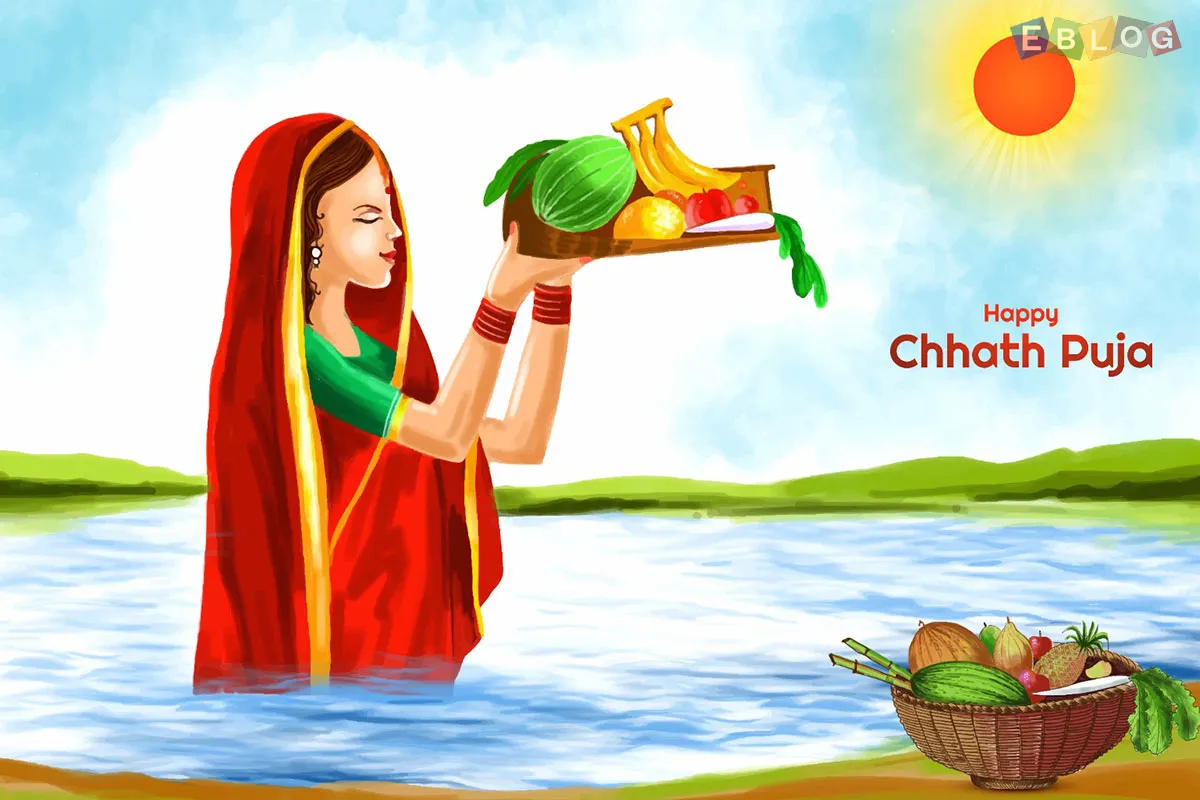
Chhath Puja: A Celebration of Devotion, Nature, and Gratitude
- 16 Oct, 2025
- Religious
- 214 Views
- 0 Comments
Chhath Puja, one of the most ancient and vibrant festivals of India, holds immense spiritual and cultural significance, especially in the states of Bihar, Jharkhand, Uttar Pradesh, and parts of Nepal. Dedicated to Surya Dev (the Sun God) and Chhathi Maiya (the Goddess who is believed to be the sister of the Sun God), this festival is a profound expression of faith, purity, and gratitude.
1. The Essence of Chhath Puja
Unlike many other Hindu festivals, Chhath Puja doesn’t involve idol worship. Instead, devotees offer prayers to the setting and rising sun, symbolizing the cycle of life and the eternal balance of nature. The Sun God is revered as the source of energy, prosperity, and well-being, while Chhathi Maiya is worshipped for granting blessings of health and happiness to family members, especially children.
2. Rituals and Traditions
Chhath Puja is observed over four days, each holding deep spiritual meaning:
a. Nahay Khay (Day 1):
Devotees begin the ritual by taking a holy bath in a river or pond and cleaning their homes. They consume a single meal of satvik (pure vegetarian) food, often cooked without garlic or onion.
b. Lohanda and Kharna (Day 2):
On this day, devotees observe a fast from sunrise to sunset, breaking it in the evening after offering prayers with gur (jaggery) kheer and fruits. After this, a 36-hour nirjala (without water) fast begins.
c. Sandhya Arghya (Day 3):
The most significant ritual takes place during sunset, where devotees gather along riverbanks or water bodies to offer arghya (offerings) to the setting sun. The sight of hundreds of devotees standing knee-deep in water, holding bamboo baskets filled with fruits and diyas (lamps), is truly mesmerizing.
d. Usha Arghya (Day 4):
The festival concludes with offerings to the rising sun, symbolizing renewal, hope, and gratitude. Devotees then break their fast with prasad and share it with family and neighbors.
3. Symbolism and Spiritual Message
Chhath Puja is not merely a religious ritual; it embodies environmental consciousness and discipline. The festival teaches reverence toward nature’s elements — water, air, sunlight — that sustain life. The practice of fasting and purification also reflects self-control, humility, and inner cleansing.
4. A Cultural Extravaganza
From the soulful folk songs echoing on the ghats to the rhythmic beats of dhols, Chhath Puja fills the air with devotion and community spirit. The traditional thekua (a sweet made of wheat flour, jaggery, and ghee) and seasonal fruits become symbols of simplicity and gratitude.
5. Conclusion
Chhath Puja is more than a festival — it’s a reminder of the bond between humans and nature. It celebrates faith, family, and the power of perseverance. As the devotees stand before the glowing sun, their folded hands reflect not just prayer, but also an acknowledgment of the life-giving forces that nurture the world.





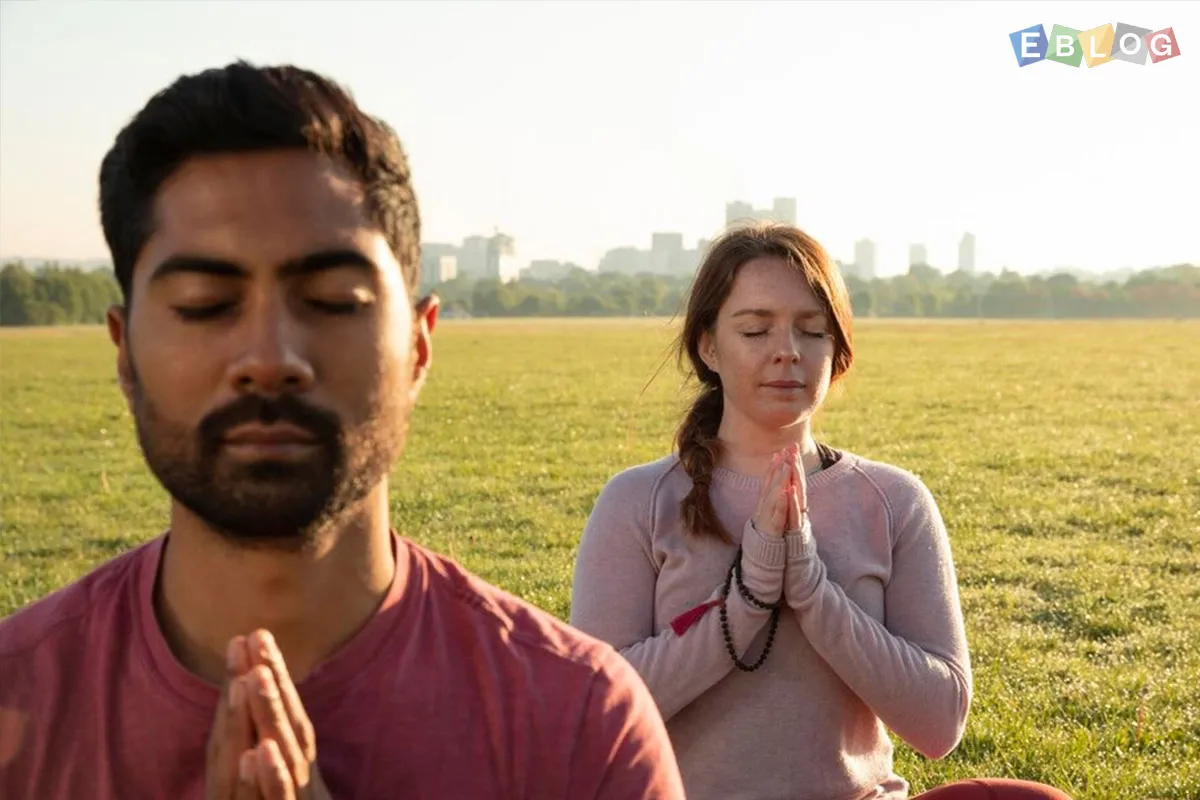
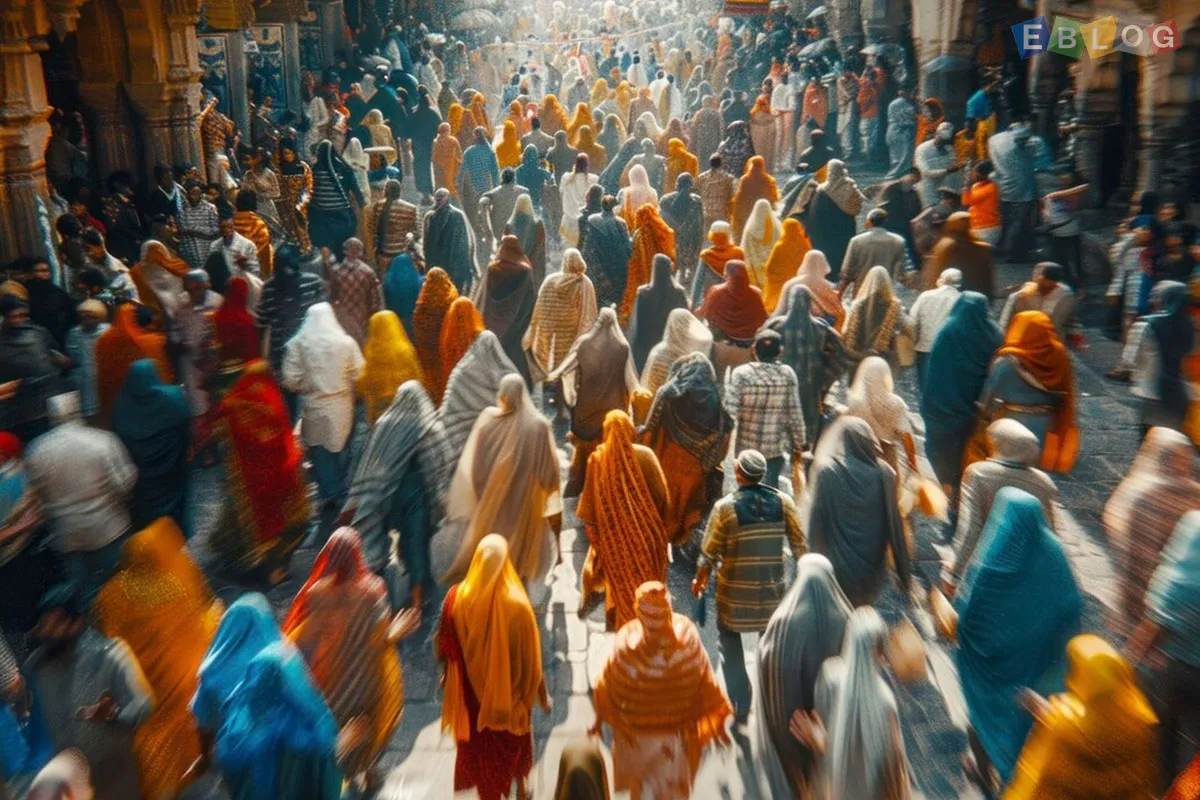

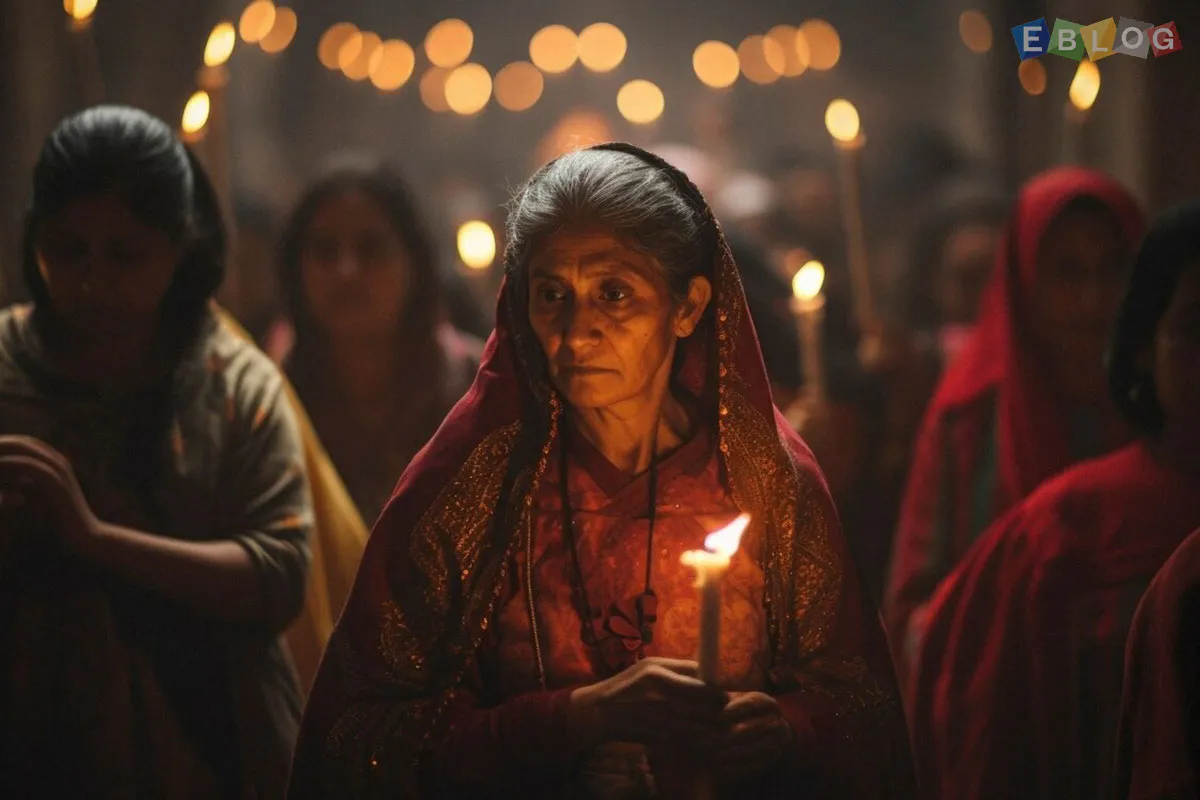
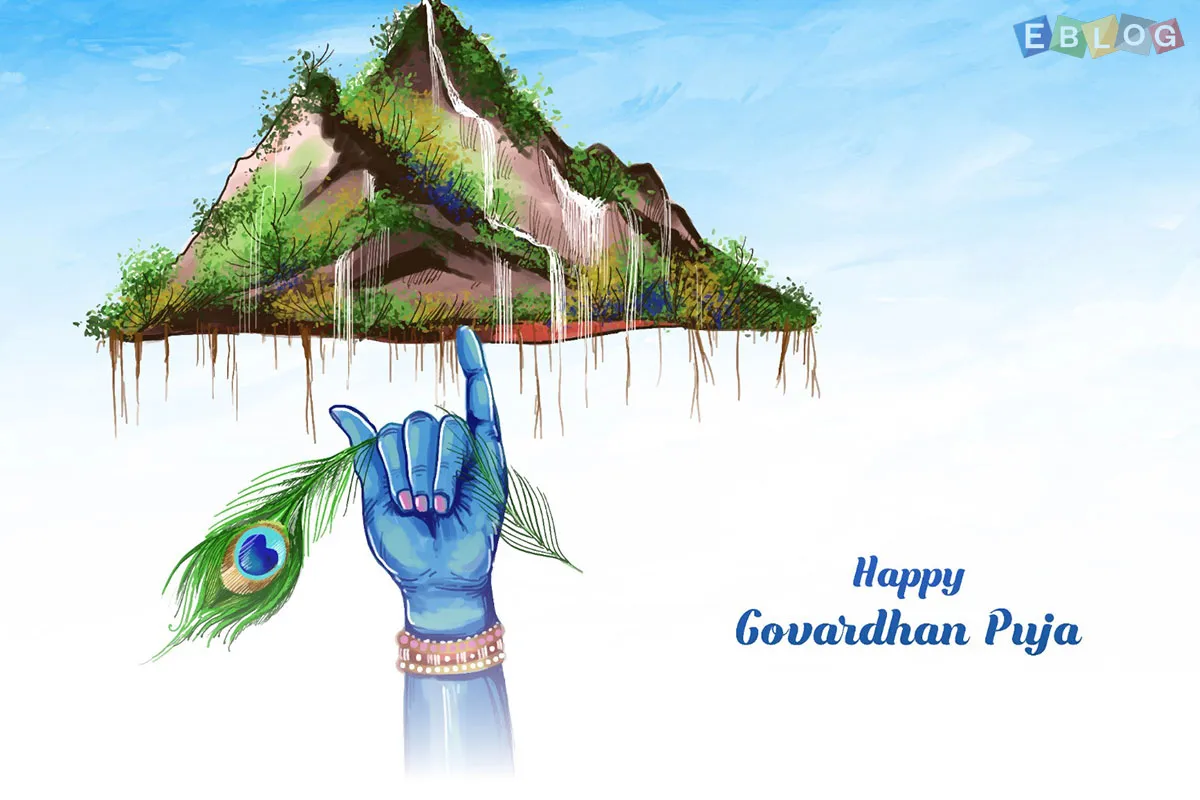


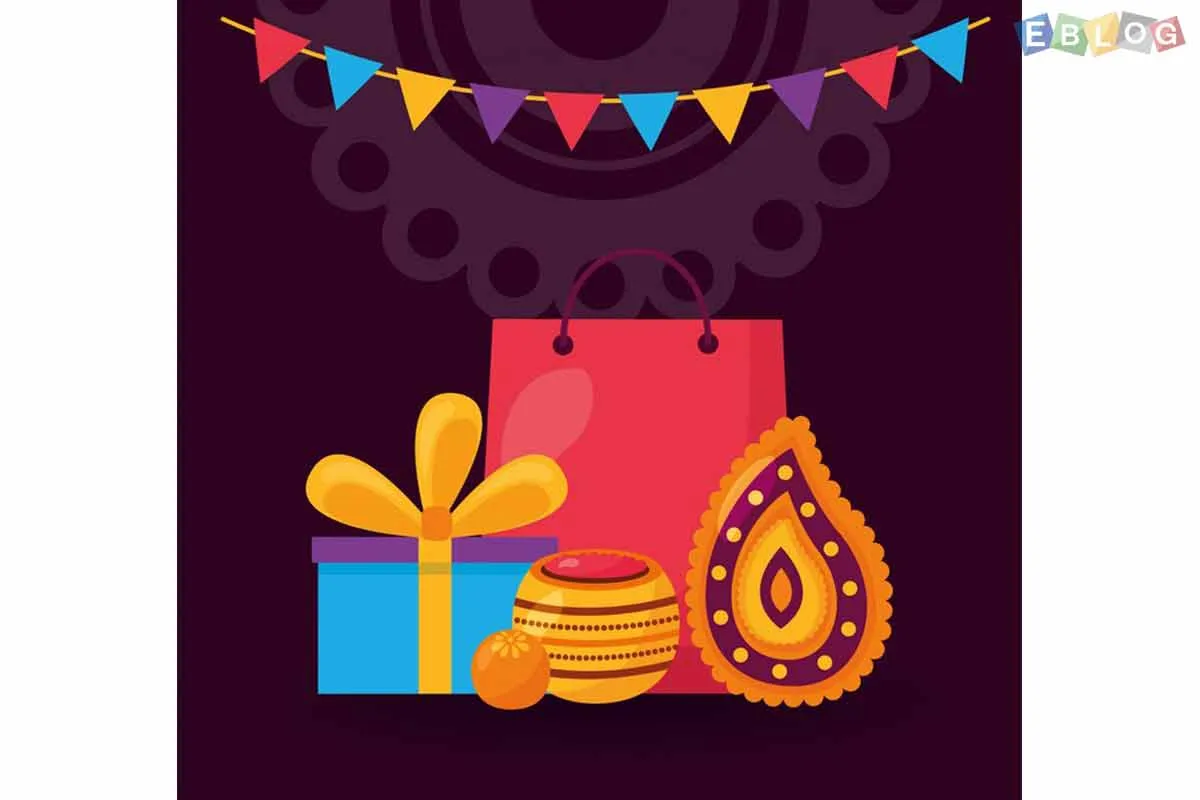
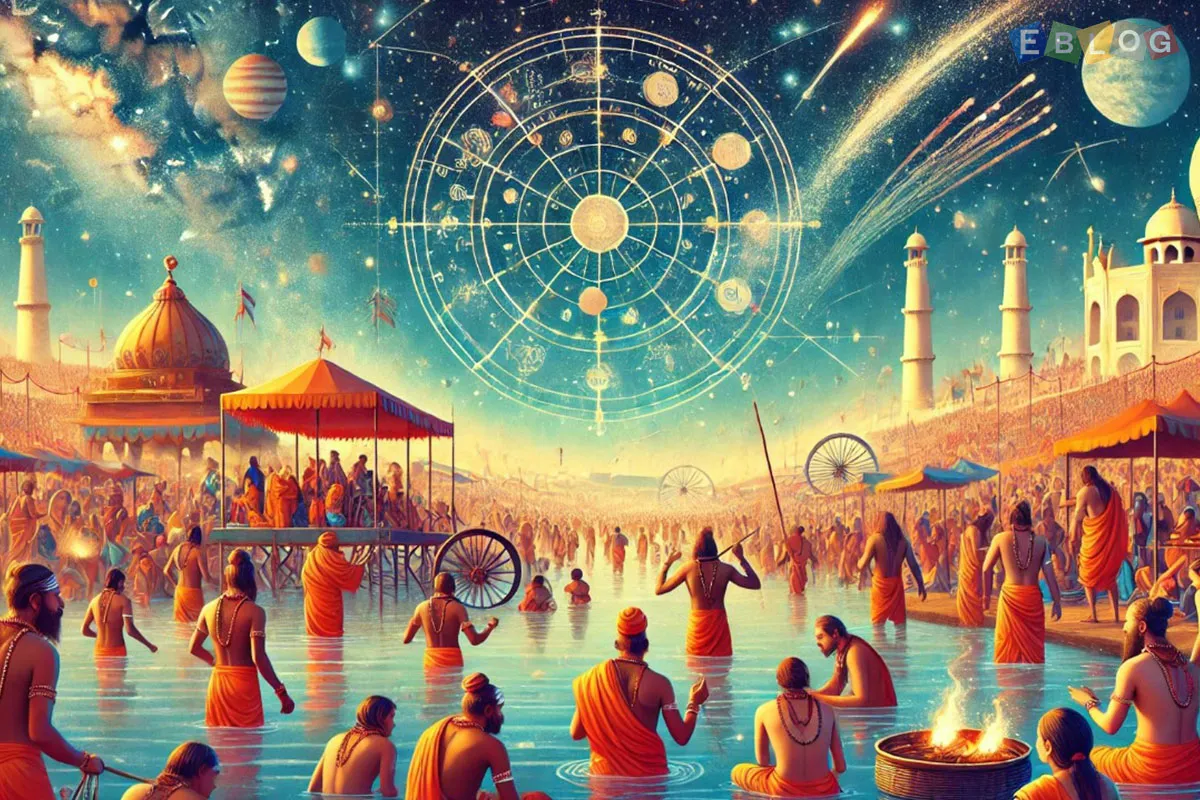

Leave a Reply